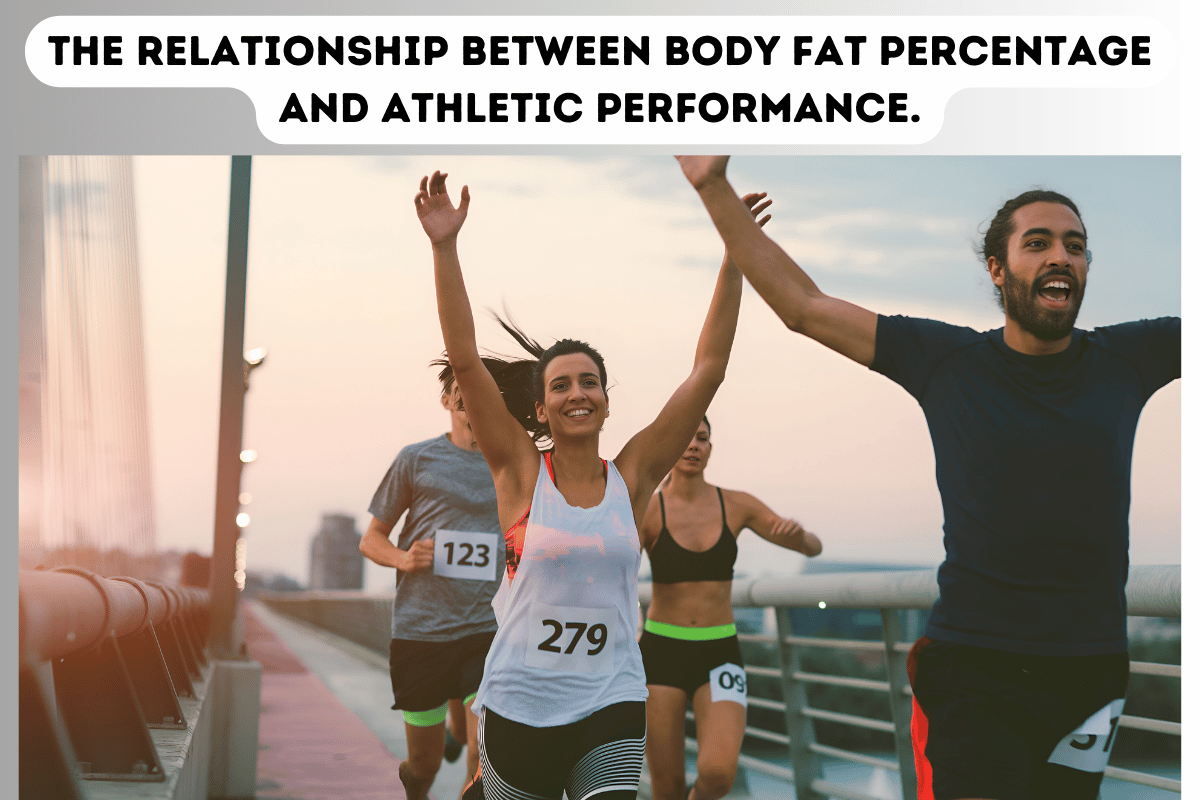The desirable body fat percentage for an athlete depends on their sport and gender. According to scientists, the ideal body fat percentage for most male athletes is between 6 and 15%, and for female athletes, it is between 12 and 18%. Body fat should be the lowest (less than 6%) for bodybuilders and probably long-distance runners, while for cyclists, gymnasts, sprinters, football players and martial arts, body fat should be between 6 and 15%. So, to cover the most basic functions associated with good health, a minimum of 5% fat should be for men and 12% for women. If athletes decide to go below these levels, they will be in danger of developing different health-related problems, which we will discuss further. For non-sport people, the percentage of fat associated with the lowest health risk is 13–18% for men and 18–25% for women.
Dangers of low-fat.
Reducing your body fat to lower than 5% for men and 12% for women can lead to various health issues, especially for women. Going below the recommended 12% body fat level for women can cause hormonal imbalances and disrupt the menstrual cycle. Some women may start experiencing symptoms when their body fat level drops below 15%. Hormonal imbalances can also lead to bone loss due to decreased estrogen levels, which affects bone mineral density. In addition, low body fat levels in women can interfere with sex hormone metabolism and reduce fertility. Therefore, very low body fat levels significantly decrease women’s chances of getting pregnant. However, the positive news is that once body fat levels increase and training volume is reduced, hormonal balance, menstrual cycles, and fertility generally return to normal.
As to men, when their body fat levels fell below 5%, testosterone levels decreased, causing a drastic fall in sperm count, libido and sexual activity. However, testosterone levels and libido return to normal once body fat increases. Thyroid hormone, growth hormone, IGF-1, metabolic rate, and the immune system are severely reduced when body fat levels drop too low. Cortisol levels rise drastically, especially during periods of intense training.
How much fat should athletes consume?
It is recommended that athletes should consume a minimum of 20% energy from fat. Lower fat intake can leave you deficient in various nutrients, leading to several health problems. You will undoubtedly miss out on the essential fatty acids (linoleic acid and linolenic acid) found in seeds, nuts and oily fish. You will, therefore, be susceptible to dull, flaky skin and other dermatological problems, cold extremities, prostaglandin (hormone) imbalance, poor control of inflammation, blood pressure, vasoconstriction and blood clotting.
Low-fat diets will be low in fat-soluble vitamins A, D and E. More importantly, fat is needed to enable your body to absorb and transport them and convert beta-carotene into vitamin A. Although you can get vitamin D from UV light and vitamin A from beta-carotene in brightly coloured fruit and vegetables, getting enough vitamin E can be much more of a problem. Vitamin E is found in significant quantities only in vegetable oils, seeds, nuts and egg yolk. Vitamin E is an important antioxidant that protects cells from harmful free radical attacks. It helps prevent heart disease and certain cancers and even retard ageing. It may also help reduce muscle soreness after strenuous exercise. So, cutting out oils, nuts, and seeds increases your risk of free radical damage. You can read more about different types of fat and how much fat we need in my article: “All you need to know about fats”.
Low-carb diet and sports performance.
A generally accepted opinion is that if you want to train hard, you need to eat a carbohydrate-rich diet to have enough glycogen in your muscles. However, there is also another opinion that a low-carbohydrate, high-fat diet (or even a ketogenic diet) can be beneficial, especially for endurance athletes. The idea behind this strategy is that since fat is a significant fuel during prolonged endurance exercise, training with low carbohydrates (or no carbohydrates) will enhance endurance training adaptation and train muscles to use more fat as energy source for exercise instead of glycogen. In other words, training with low or no carbohydrates can improve your ability to burn more fat as fuel during exercise. How much this can be true?

To be short, there are two main fuel types for your body from where your body can make energy. The human body stores fuel principally in the form of carbohydrates and fats. Muscle glycogen and free fatty acids are the primary body fuel for athletic activity. Protein is also used as an energy source during exercise but is only a small contribution (5-10%) to the total energy production. Your body uses fat as an energy source for low-intensity and long-duration activities (like jogging or fast walking). For more intense training like resistance training, sprinting, and interval training, you will need already carbohydrates. You can read more about where the body gets energy for exercise and the primary fuel for each type of exercise (resistance or cardio) in my article: “Energy Systems of the Body“.
So, there would be a few scenarios where low-carbohydrate, high-fat diets benefit sports performance. Such diet may suit those who do primarily low to moderate-intensity training (like ultra-endurance running), those who want to lose weight, and those who have type 2 diabetes or insulin resistance (when your cells can not process carbohydrate into fuel efficiently). For other athletes doing more high-intensity training, it is better not to exclude carbohydrates from their diet. If you still want to improve your body’s ability to burn more fat, you can do easy cardio in the morning in a fasted state. It will teach your body to use more fat as an energy source. But when doing high-intensity training in the evening, remember to fuel your body with enough carbohydrates.




